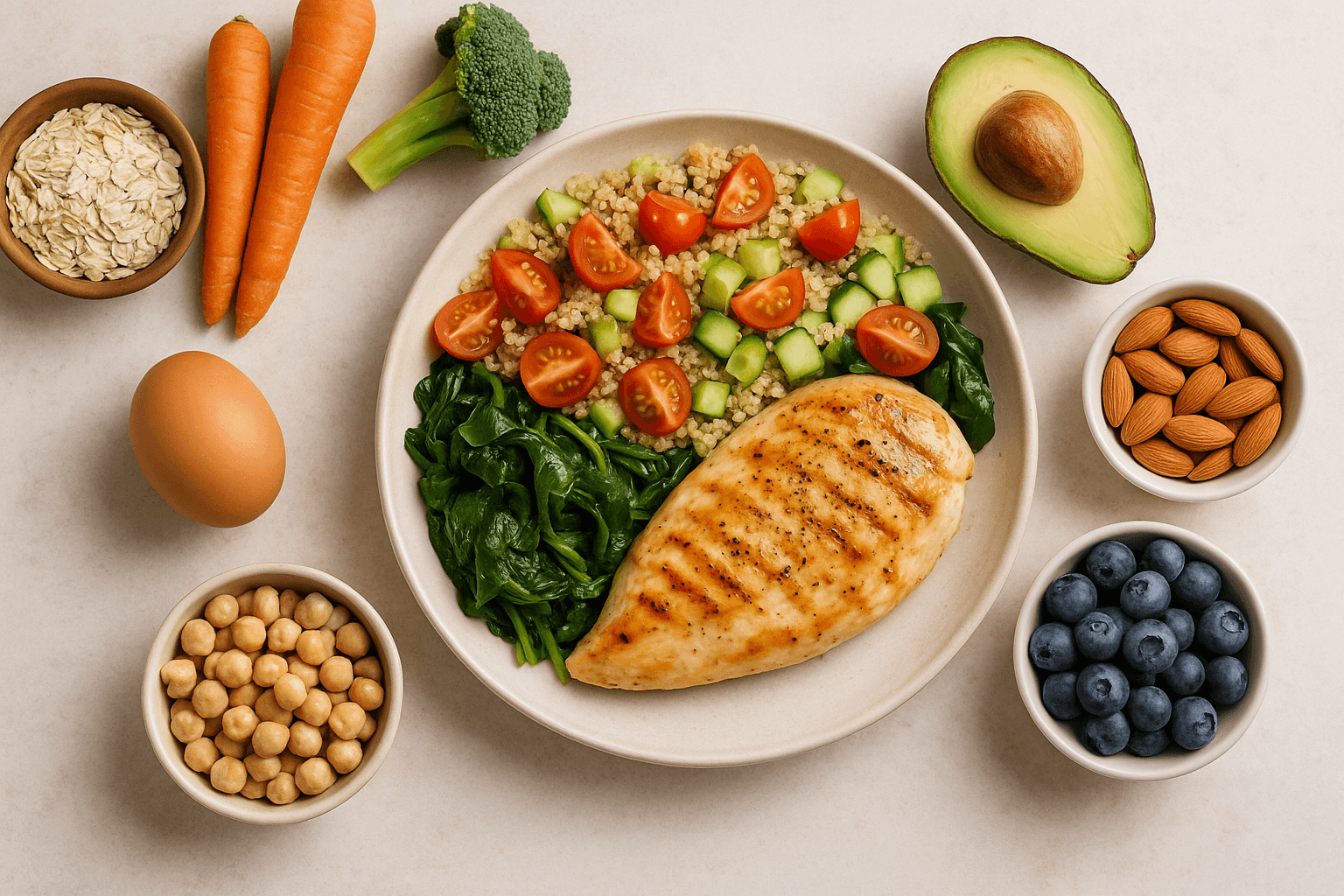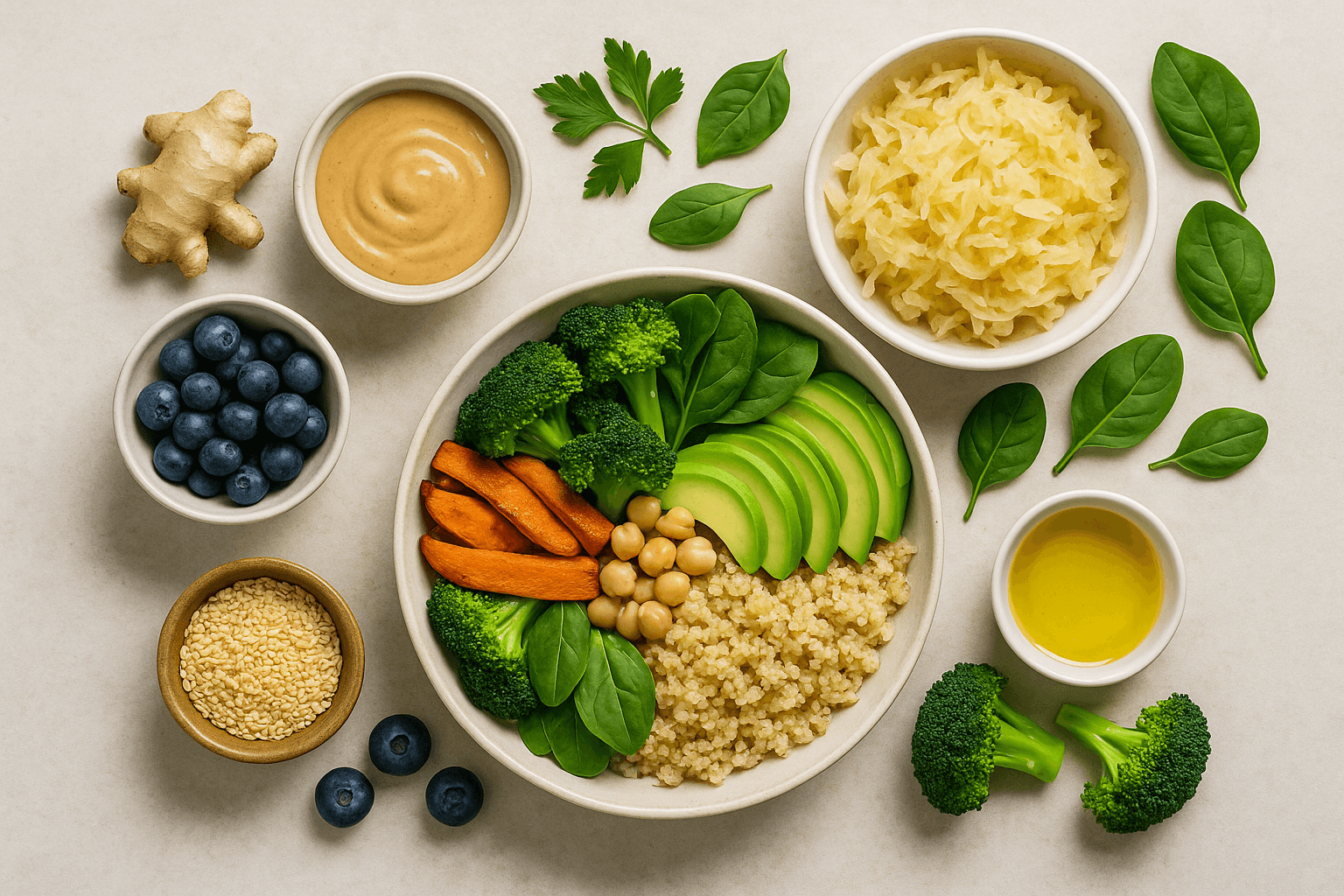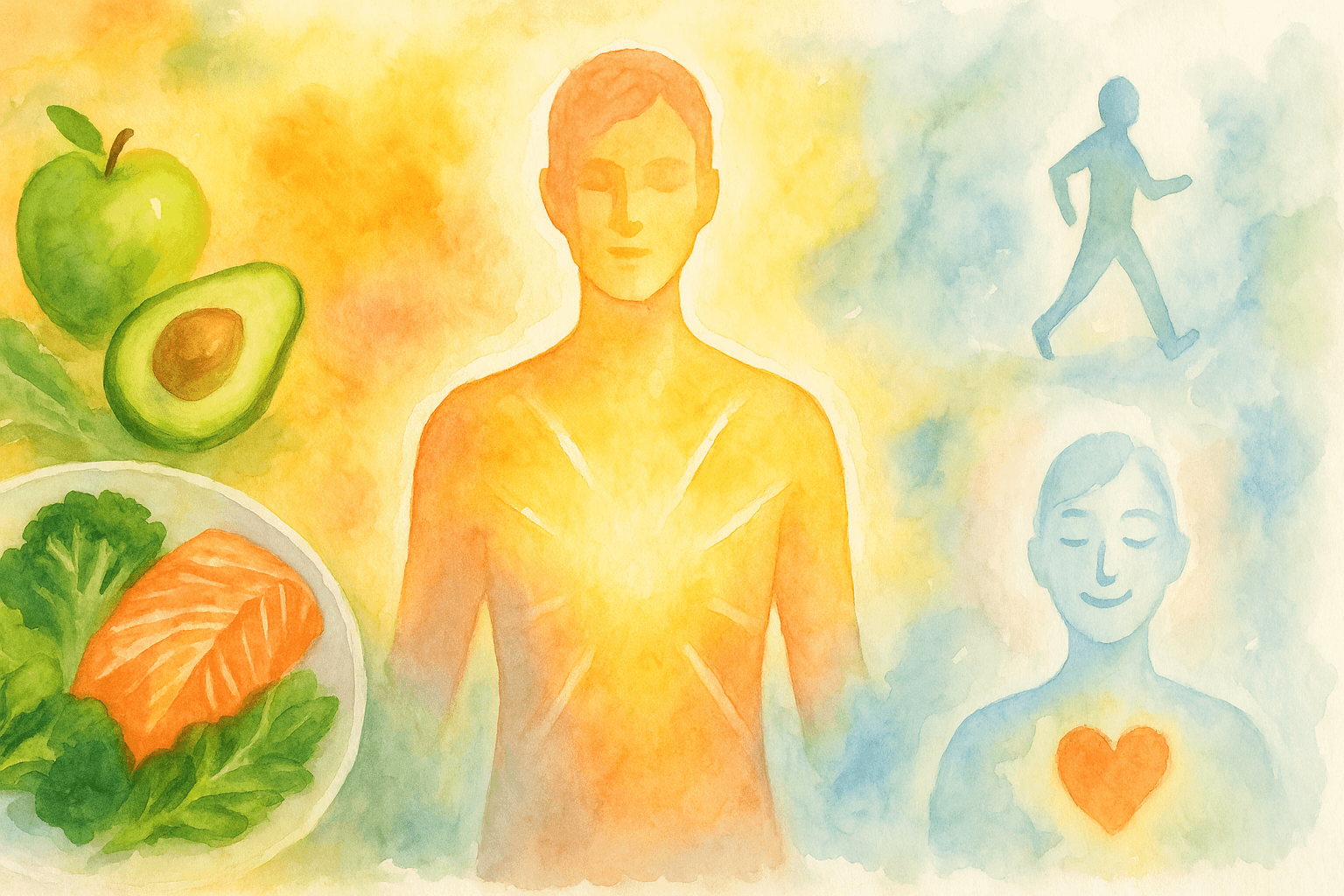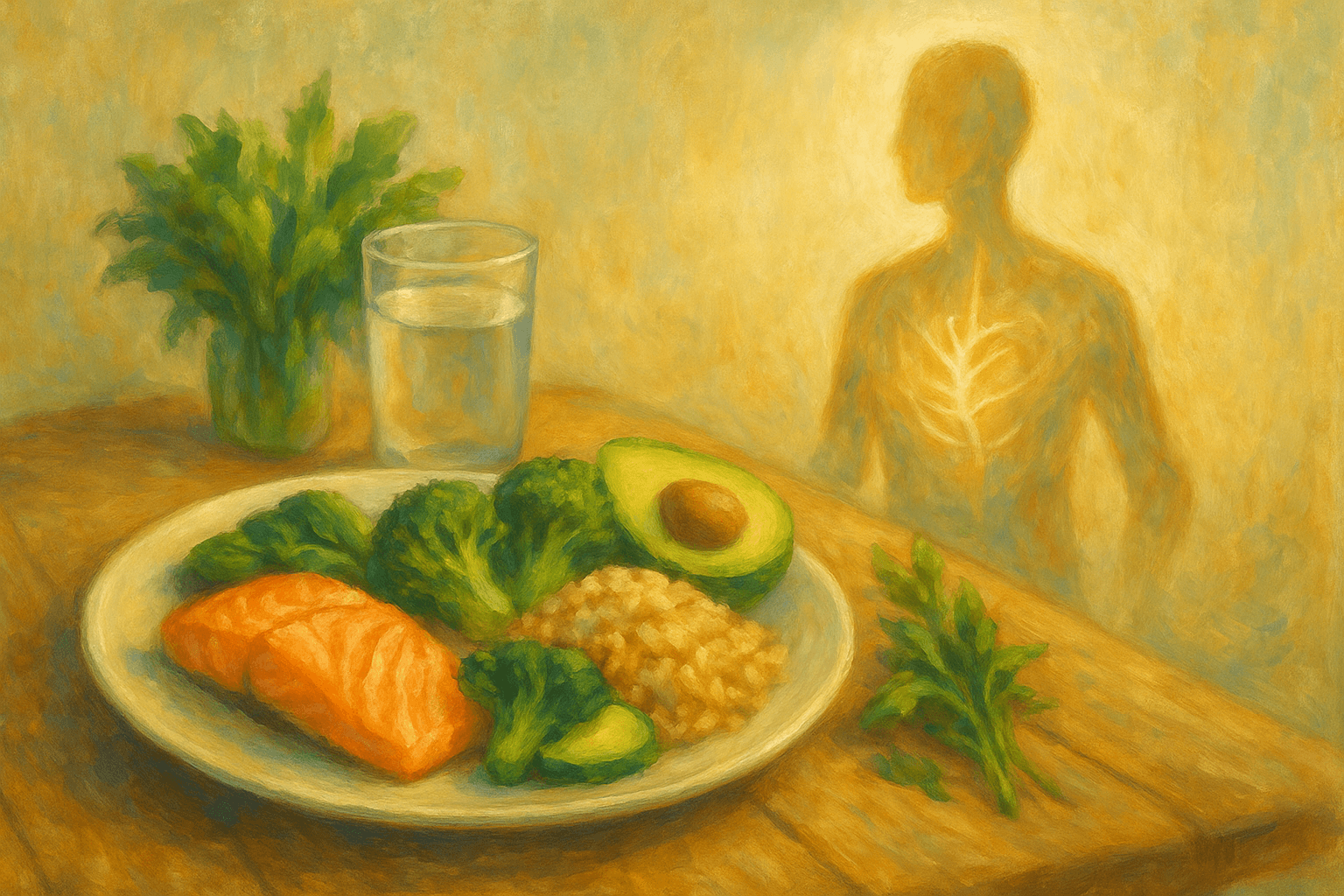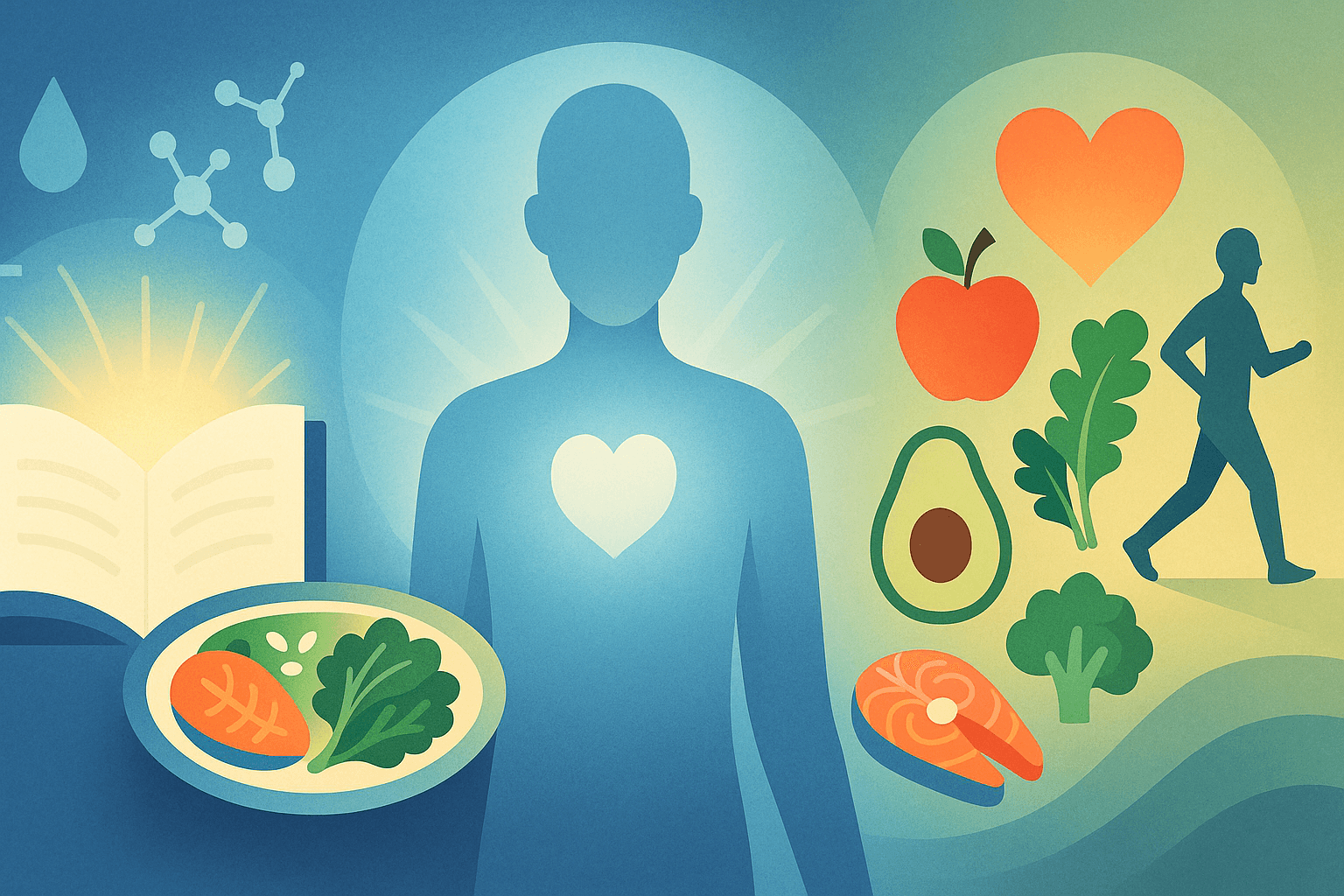Diabetes Demystified: Real Answers, Real Strategies, and a Full Life Beyond the Diagnosis
Published on August 26, 2025
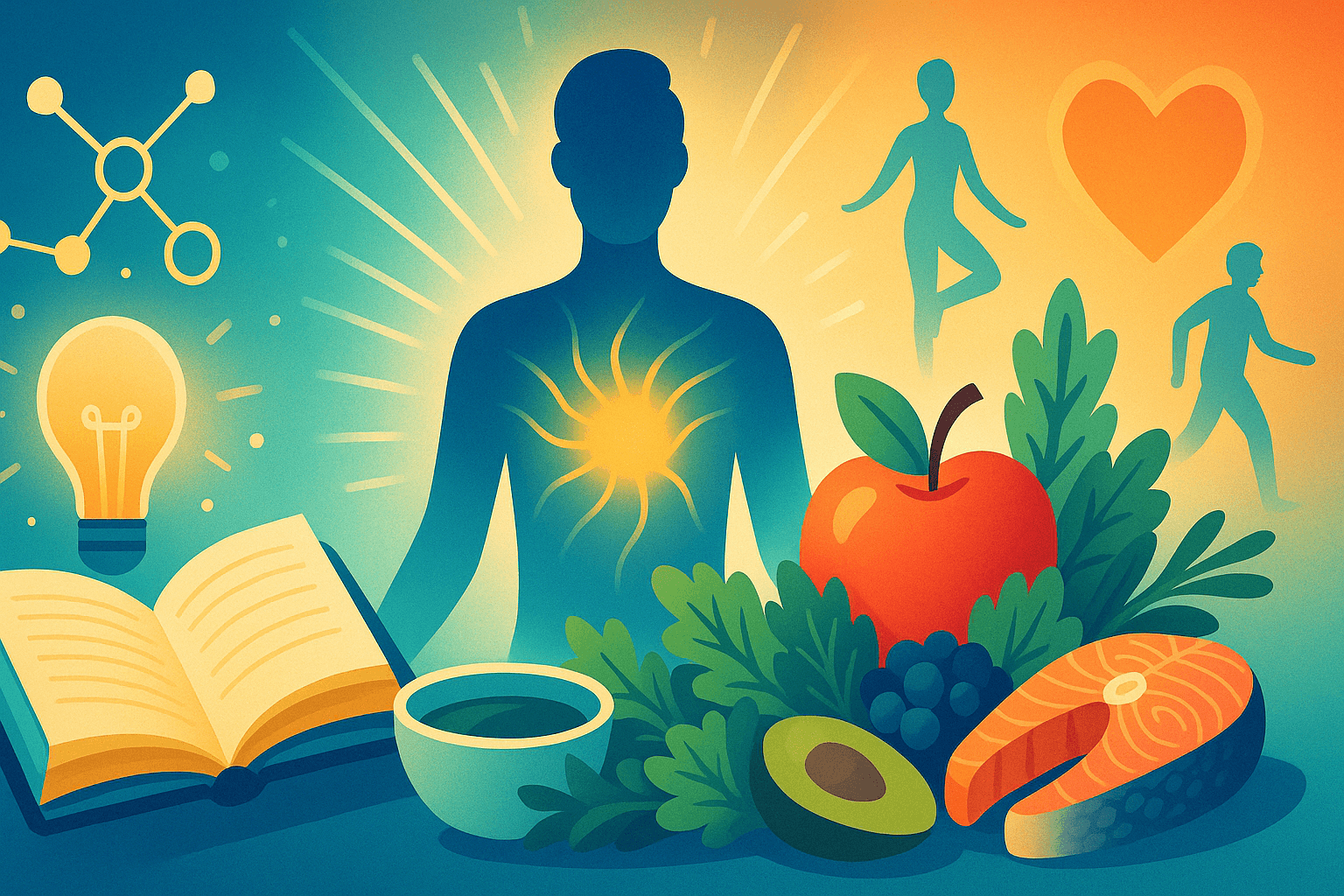
It can be a thunderclap to hear the word “diabetes” for the first time, frightening, disorienting, all at once overwhelming. For millions, it’s not merely a label handed down from the doctor’s office; it’s a daily odyssey, one filled with uncertainty and adaptation and questions and, yes, a fair amount of hope too. But here’s what really counts: A diagnosis of diabetes need not rob you of joy, hobble your dreams or shrivel your potential. With knowledge, support, and some tools, you can do more than just “manage” diabetes; you can create a full, vibrant, and deeply satisfying life.
As a dietitian who has spent decades helping people navigate these waters I’ve witnessed it all — the victories, the setbacks, the victories, the confusion and the power of the human spirit. Diabetes can come with challenges, and sometimes it’s Type 1 with comorbid anxiety. Let’s lift the veil, bust the most commonly touted myths and develop a comprehensive toolkit for your health — one that addresses everything from food to movement, sleep to stress, and joyful living to long-term safeguarding.
What Is Diabetes, Really?
Diabetes isn’t just one disease, but a cluster of closely related conditions all of which have to do with the way your body processes blood sugar (glucose). Throughout the day, glucose — the sugar that comes from the carbohydrates you eat — circulates through your bloodstream and powers your cells. To accomplish this, your pancreas then releases insulin, which serves as a hormone that works like a “key,” allowing glucose into your cells. If you don’t have enough insulin, or your body has become resistant to it, glucose accumulates in your blood rather than nourishing your tissues. That’s diabetes in a nutshell.
Type 1 Diabetes: This type is commonly diagnosed in kids or teenagers, but can occur at any age. It’s an autoimmune process — the body’s own immune system erroneously turns against itself to destroy the insulin-producing cells in the pancreas. People with Type 1 need insulin every day to live, typically through injections or a pump. There is currently no known way to prevent Type 1, and it is not diet or lifestyle related.
Type 2 Diabetes: This is by far the more common type of diabetes, which generally appears in adults, but is increasingly being diagnosed in children and teens. In these cases, the body is resistant to insulin (and/or doesn’t make enough of it). Genetics is a big part of it, but so are weight, inactivity, age, chronic stress and other health factors. So they don’t need to be overweight in order to get Type 2, and indeed not everyone who is overweight gets it! It’s a complicated condition, not merely a case of “too much sugar.”
Gestational Diabetes: Gestational diabetes is a temporary type of the condition that arises during pregnancy, which can pose serious risks to the health of both mother and baby. It generally goes away after the baby is born, but both the mother and child have a greater chance of developing Type 2 diabetes later in life.
There are others that are rarer either because of genetics, medications or particular diseases, but the majority of people have either Type 1 or Type 2.
Why is diabetes important? If blood sugar remains chronically high, and it isn’t treated, it causes a slow, chronic damage to the blood vessels, the nerves, the eyes, the kidneys, the heart. The tricky thing is that symptoms may not surface until damage has occurred. But — and here’s the key — with awareness and careful management, most complications can be forestalled if not avoided entirely. You can, very much, lead a long, full and vital life with diabetes.
Diabetes Myths: What’s True and What’s False?
Myth 1: Diabetes is something only fat people get.
The truth is, of course, more complicated. Yes, being overweight is a risk factor for Type 2, but so are genetics, ethnicity, age, certain medications, sleep habits, stress and even illnesses. You don’t have to be overweight to have Type 2 diabetes; in fact, many people with Type 2 have a normal weight, and anyone can have Type 1, regardless of body size or lifestyle. No one “earns” diabetes, and blaming someone is never the answer. Knowing your personal risk and listening to your body is much more important than shame.
Myth 2: If you eat sugar, you’ll get diabetes.
This myth won’t die, but diabetes isn’t what happens when you eat a cupcake or enjoy dessert. Type 1 has nothing to do with how much sugar a person eats. For Type 2, consuming a lot of sugary foods can contribute to what is a risk factor, weight gain, but so is genetics and a range of other factors beyond your control. And it’s not about “depriving” yourself from the sweet things in life— it’s more about balance, portion size and getting into a healthy pattern most of the time.
Myth 3: If you have diabetes, you’ll never be able to eat your favorite foods again.
With the right knowledge, support and forethought, you can eat a wide range of foods — even those you have a passionate love for. It’s not deprivation; it’s learning how different foods affect your blood sugar, making smart swaps, moderating portions and savoring treats mindfully — not guiltily. Food is about pleasure and connection, not a number on your meter.
The Central Issue: Knowing Blood Sugar Levels
The very core to doing well with diabetes is to find out how to keep your blood sugar in a calm and healthy zone — so it doesn’t hurt your organs, bolsters you through the day, and becomes the core to how you want to feel. Finding a balance when it comes to these numbers involves pinpointing how food, movement, stress, sleep and, in some cases, illness or medications, change what your numbers should call home.
- Blood sugar monitoring: Whether checking your blood sugar — via finger stick or continuous glucose monitor (CGM) — checking your numbers provides real-time feedback and helps you notice trends.
- Learning curve: You’ll eventually learn which foods cause spikes or dips, how activity, illness or stress affect your readings, and which routines keep you most steady. This stuff is empowering, not scary.
- Progress not perfection: Everyone’s got their highs and lows every once in a while — it’s part of the human experience. The point is not to hit perfect numbers every day, but to learn your patterns and to compensate for the next time.
Eating Well with Diabetes: What Are The Real Secrets?
Food is not the enemy! It’s your most potent weapon, in fact for managing diabetes, as well as giving you energy, and living life. The key is finding what works for you — what just clicks — and preparing meals that make you happy and well.
Carbohydrates—Quality, Quantity, and Timing Matter
Carbohydrates have the most immediate effect on blood sugar, though that doesn’t mean you need to avoid them altogether. The key is selecting healthy carbs and including them throughout the day’s meals and snacks.
- Carbs with fiber: Foods such as whole grains, beans, lentils, vegetables and fruit take longer to digest, and result in smaller, more manageable blood sugar elevations.
- Restrict refined carbs: White bread, pastries, sugary drinks and ultraprocessed snacks are fast to digest and can spike and crash. These are “sometimes” foods.
- Match carbs with protein or fat: Pairing carbs with protein (such as chicken, tofu or eggs) or healthy fats (like avocado, nuts or olive oil) slows digestion, minimizes spikes and keeps you satisfied that much longer.
It may take some practice to learn how to read nutrition labels and become adept at estimating carbohydrate content, but eventually it will be second nature. And don’t forget, it’s perfectly fine to treat yourself to your favorite sweets in moderation—no need to feel guilty as long as it’s part of an otherwise healthy meal.
Protein—Your Blood Sugar’s Best Friend
Protein is a must-have at every meal and snack if you have diabetes. It’s good on muscle, satisfies and helps take the edge off carbs. Good sources include low-fat and lean meats, poultry (chicken + turkey), fish, eggs, dairy products, tofu, beans and nuts. Putting an emphasis on protein will also keep your blood sugar levels in check, helping you stay energized throughout the day.
Healthy Fats—Satisfying and Heart-Smart
Healthy fats don’t just taste good — they protect your heart (which is extra important when you have diabetes) and help keep you full. “They contain the good kind of fats that are anti-inflammatory,” including avocado, olive oil, nuts, seeds, and fatty fish, such as salmon. Use them in moderate amounts, and try to limit saturated fats from fried foods, heavy meats and baked goods.
Portion Control and Meal Timing
Portion as a simple gauge on your hand: the size of your palm for protein; your fist for grains or starchy vegetables; and your thumb for an appropriate portion of healthy fats. Don’t skip meals — blood sugar dips, setting you up to overeat later, and you will be more tired. Having meals at the same time every day is a huge piece of stability.
Hydration Matters
Your best option is water — try for 6 to 8 cups a day, more if you’re exercising or if it’s hot outside. Sugar-sweetened drinks, and even fruit juice can cause blood sugar to rise quickly; serve them only as a special treat. If you want more variety, toss in a splash of citrus, cucumber or fresh herbs to your water.
Physical Activity—A Powerful Diabetes Tool
Movement is not a “nice to have”— it is a must for healthy diabetes management. Physical activity enables your body to utilize insulin to a greater degree, reduces blood sugar directly and, oh yeah, makes you feel fantastic both physically and mentally.
Even little twitches can add up, if that is all you can manage. Cleaning your house, dancing in the kitchen, swimming, gardening, going for a walk in the park or on your treadmill. Aim for at least 150 minutes a week of moderate activity (about 30 minutes most days), and 2–3 sessions of strength training to build muscle and metabolism.
Don’t forget: movement helps deal with stress, lifts mood and, three things that all have a big impact on your blood sugar, gets you better sleep. If you’re new to exercise, take it slowly and, when starting a new routine, check with your doctor.
Medication and Insulin Your Travel Companions
For many people, a drug or insulin is a crucial ally in helping to keep blood sugar steady. There is no shame in taking medication; diabetes is a complicated diagnosis, and medication is a tool, not a character flaw.
- Type 1 diabetes: A daily insulin injection or use of an insulin pump is necessary for survival.
- Type 2 diabetes: Some control it with lifestyle changes, but many will end up on oral medications, injectables or insulin at some point. Your course of treatment may change over time.
Follow prescriptions, monitor your response and keep an open line to your health teams. Changes are perfectly normal and acceptable—what’s important is that you’re proactive and reach out for support when you need it.
The Underlying Issues: Stress, Sleep and More
Diabetes is so much more than food and exercise. Chronic stress and bad sleep can spike your blood sugar as much as a large meal. Stress hormones (like cortisol) make your body less responsive to insulin, a key regulator of blood sugar, while sleep deprivation throws appetite hormones for a loop, ramps up cravings and makes you feel tired and grumpy.
Shoot for 7–9 hours of quality sleep: Stick to a schedule; ensure it’s the same time every day and evening and keep your sleep space dark and restorative.
Learn how to manage stress: Consider mindfulness practices, breathing exercises, yoga and time in nature. Never underestimate the power of talking with a friend or support group.
Track your patterns: Pay attention to how stress, mood or bad sleep affects your numbers. This is not “failure” — it is crucial feedback to help you refine your habits.
Diabetes Complications: Prevention Through Action
The long-term risks of diabetes — heart disease, stroke, kidney damage, vision loss, nerve problems — sound frightening, but here’s good news: You have real power to prevent or delay those diseases.
- Have regular checkups (eye, feet, kidneys, and heart).
- Check your blood pressure and cholesterol, too.
- Don’t smoke — and seek help if trying to quit feels impossible.
- Keep up to date on vaccines, especially flu and pneumonia.
- Take care of your mental and emotional health. Seek individuals who understand, be kind to yourself, and acknowledge each step forward, whether big or little.
Living Well Day By Day – Practical Strategies for Success
Living with diabetes is a journey, and it’s one rooted more in habits than in heroics. Here’s how to make it work:
- Plan ahead: Be sure that your pantry is stocked with healthy snacks, basic meal items and a couple of balanced “emergency” meals for days when time is in short supply.
- Label savvy: Develop a better eye for added sugars, fiber and trickster ingredients on food labels.
- Assemble your tribe: Rally support from family, friends, diabetes support groups; it’s always better with a group.
- Celebrate victories: Each balanced meal, walk around the block or self-care moment is a step forward. Give yourself credit!
Frequently Asked Questions
- Can I still eat out? Absolutely! By paying attention to what you’re eating out, and planning, you can enjoy meals out. Scope menus ahead of time, opt for grilled or baked items, and, when possible, request sauces on the side and add extra veggies. But remember, one meal does not define all your progress.
- Is fruit allowed? Absolutely — whole fruit is full of fiber, vitamins and flavor. Watch your portion sizes and opt for fresh or frozen over juice or dried fruit, which ramp up the sugar density.
- What about desserts? Sweets can fit in, too! Partake in small servings, and linger over each bite — don’t skip meals to “make room.” Balance and mindfulness are essential.
Final Thoughts: Living With Diabetes—It's More Than Just A Diagnosis
Your life includes diabetes, but diabetes is not your life. It is possible to create a future with more energy, freedom and fulfillment, once you learn the right information, receive the right support and take the right daily steps to achieve it. The trip is one of progress, not perfection. Every meal, every step, every time you are kind to yourself is a victory.
You are so much more than your numbers on a scale. Each time you feed your body, use your muscles, tap into your feelings, express your limitations, you’re building a healthy, recovering, and lucrative lifestyle, a day at a time. That is the real power of living well with diabetes.



